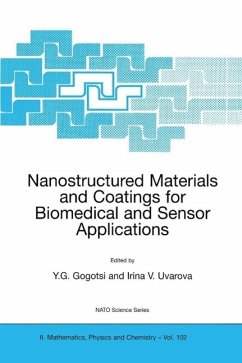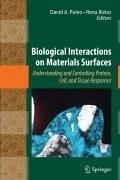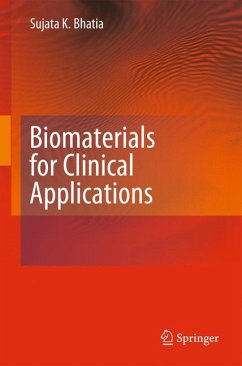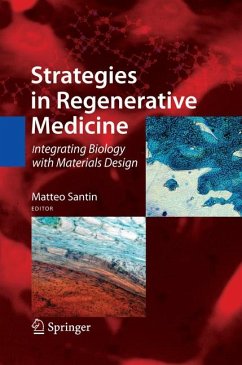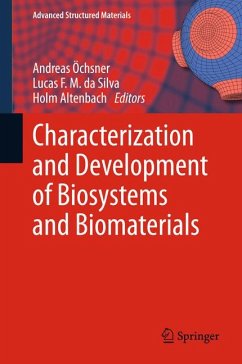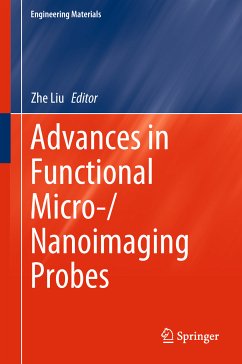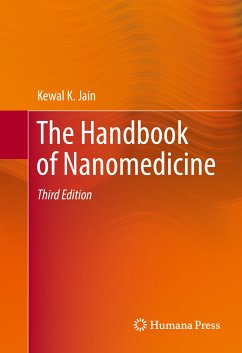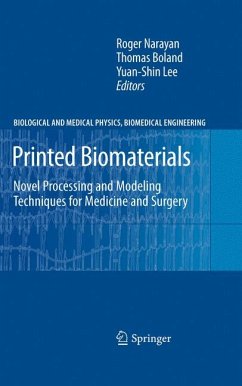
Printed Biomaterials (eBook, PDF)
Novel Processing and Modeling Techniques for Medicine and Surgery
Redaktion: Narayan, Roger; Lee, Yuan-Shin; Boland, Thomas
Versandkostenfrei!
Sofort per Download lieferbar
72,95 €
inkl. MwSt.
Weitere Ausgaben:

PAYBACK Punkte
36 °P sammeln!
Recent studies have shown that novel processing and modeling techniques may be used to create patient-specific prostheses, artificial tissues, and other implants using data obtained from magnetic resonance imaging, computed tomography, or other imaging techniques. For example, customized prostheses may be fabricated that possess suitable features, including geometry, size, and weight, for a given medical condition. Many advances have been made in the development of patient-specific implants in the past decade, yet this information is not readily available to scientists and students. Printed Bi...
Recent studies have shown that novel processing and modeling techniques may be used to create patient-specific prostheses, artificial tissues, and other implants using data obtained from magnetic resonance imaging, computed tomography, or other imaging techniques. For example, customized prostheses may be fabricated that possess suitable features, including geometry, size, and weight, for a given medical condition. Many advances have been made in the development of patient-specific implants in the past decade, yet this information is not readily available to scientists and students. Printed Biomaterials: Novel Processing and Modeling Techniques for Medicine and Surgery provides the biomaterials scientist and engineer, as well as advanced undergraduate or graduate students, with a comprehensive discussion of contemporary medical implant research and development. The development of printed biomaterials is multidisciplinary, and includes concepts traditionally associated with engineering, materials science, medicine, and surgery. This text highlights important topics in these core fields in order to provide the fundamentals necessary to comprehend current processing and modeling technologies and to develop new ones.
Dieser Download kann aus rechtlichen Gründen nur mit Rechnungsadresse in A, B, BG, CY, CZ, D, DK, EW, E, FIN, F, GR, HR, H, IRL, I, LT, L, LR, M, NL, PL, P, R, S, SLO, SK ausgeliefert werden.




